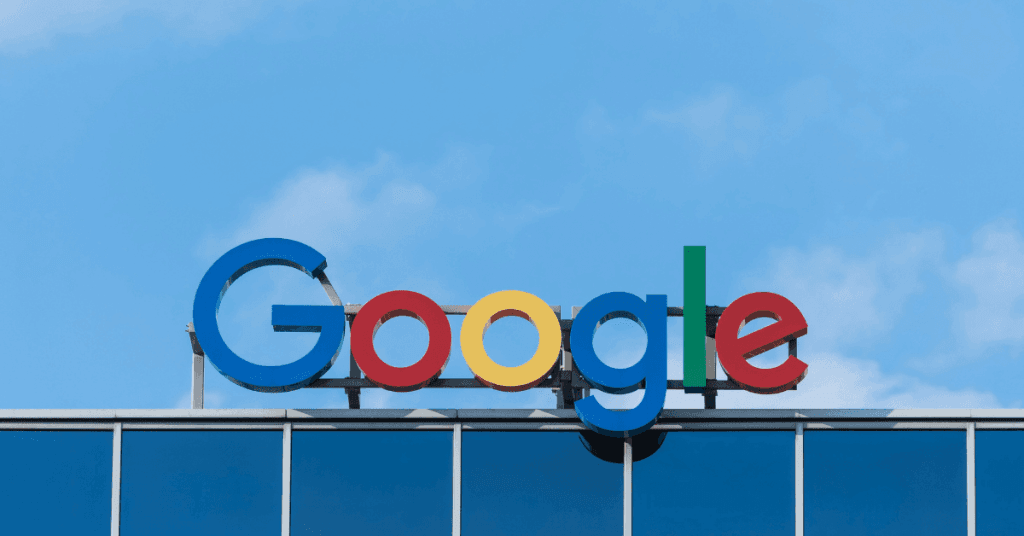Google Backs NextEra in Reviving Iowa Nuclear Plant to Supply 600 MW of Clean Power

- A 25-year power purchase agreement locks in roughly 615 MW of baseload nuclear from the idled Duane Arnold Energy Center in Iowa, restarting operations by early 2029.
- NextEra Energy secures regulatory waiver and begins licensing with the Nuclear Regulatory Commission (NRC), highlighting a rare reboot of a U.S. nuclear plant for corporate clean-energy demand.
- The deal signals that hyperscale tech firms see large-scale nuclear as a strategic component of their carbon-free, always-on infrastructure, adding new impetus to nuclear’s role in the energy transition.
Lede
The shuttered Duane Arnold nuclear facility is poised to come back to life. In a landmark collaboration announced on Monday, Google, via its parent company Alphabet, entered into a long-term agreement with NextEra Energy to resume operations of the Duane Arnold Energy Center by early 2029. The move is a concrete example of major technology firms turning to nuclear energy to meet the unrelenting demand of data centres, cloud infrastructure and artificial intelligence processing.
Restarting an idled asset
The Duane Arnold plant, Iowa’s only nuclear power station, went offline in August 2020 after more than 45 years of operation and storm-damaged cooling towers. Under the deal, NextEra will lead the plant’s recommissioning and Google has committed to buy its output under a 25-year contract. The power supply agreement underscores the shift from intermittent renewables to dispatchable zero-emission baseload as corporate clients lock in reliability.
Regulatory progress is already underway. In August 2025, the Federal Energy Regulatory Commission (FERC) approved a waiver that enables NextEra to consolidate interconnection rights via the Midcontinent Independent System Operator (MISO) framework — a critical step to restarting the plant and preserving its network access. Meanwhile, NextEra has submitted licence change requests to the NRC, which will supervise structural and operational upgrades necessary for safe return to service.
Governance and investment angles
For the C-suite, this transaction raises key governance questions. How will corporate offtake and energy-asset ownership evolve when technology firms contract directly with nuclear plants? Google’s role is not merely as a customer — it is shaping the economics of a nuclear restart. As Ruth Porat, Google’s Chief Investment Officer, put it: “This partnership serves as a model for the investments needed across the country to build energy capacity and deliver reliable, clean power.”
From a financing perspective, the estimated capital cost for the plant’s revival is north of USD 1.6 billion. The locked-in PPA gives NextEra the revenue certainty needed to proceed with refurbishment, upgrade of cooling systems, administrative infrastructure and plant systems. Analysts say this model could accelerate other restarts, especially where decommissioned assets sit on robust interconnection points.
RELATED ARTICLE: Google Signs Largest Corporate Fusion Energy Deal
ESG and climate implications
On the ESG front, nuclear offers distinct advantages: high capacity-factor, low lifecycle emissions, and grid-firm power. The Duane Arnold restart illustrates how nuclear can be re-integrated into clean-energy portfolios that traditionally have leaned heavily on wind and solar. Yet it also raises questions around decommissioning risk, spent-fuel management and community approval. The NRC’s oversight will remain central. For investors focused on climate goals and transition risk, the deal signals that nuclear is shifting from a niche “option” to a foundational element of corporate decarbonisation strategy.
Take-aways for C-suite and investors
Executives and sustainability leads should draw three take-aways. First: offtake agreements for baseload nuclear are emerging as viable decarbonisation tools for firms with large, stable load-profiles. Second: regulatory waivers and grid-access strategies are now pivotal levers in nuclear-restart economics. Third: this may signal a nascent asset-class shift — decommissioned plants becoming re-commissioned, with new ownership or financing structures reflecting a corporate-tech demand lens.
Global relevance
Although this project is specific to the U.S. Midwest, its implications are global. Countries debating nuclear policy can see this as a commercial precedent for nuclear-asset repurposing in a low-carbon world. For global investors, the Duane Arnold deal showcases nascent models linking corporate clean-energy demand with legacy thermal infrastructure revival. In a regionally and globally connected grid world, this may reshape how governments, utilities and companies calculate nuclear risk, reward and role in the energy transition.
Follow ESG News on LinkedIn












